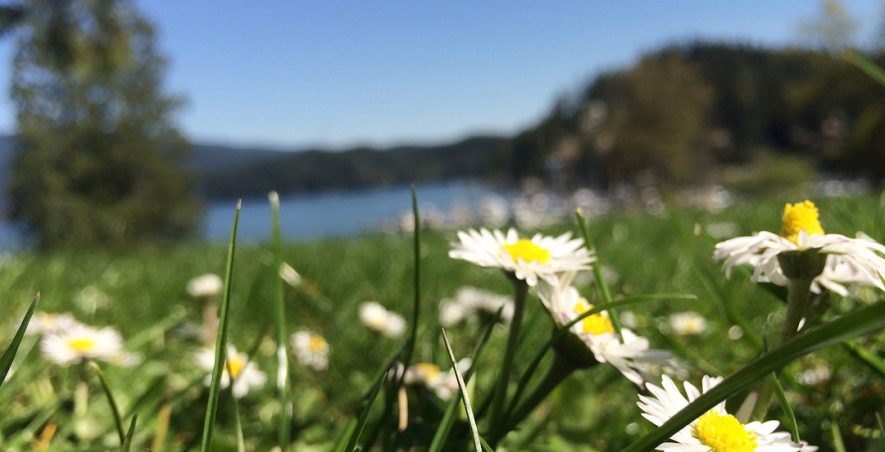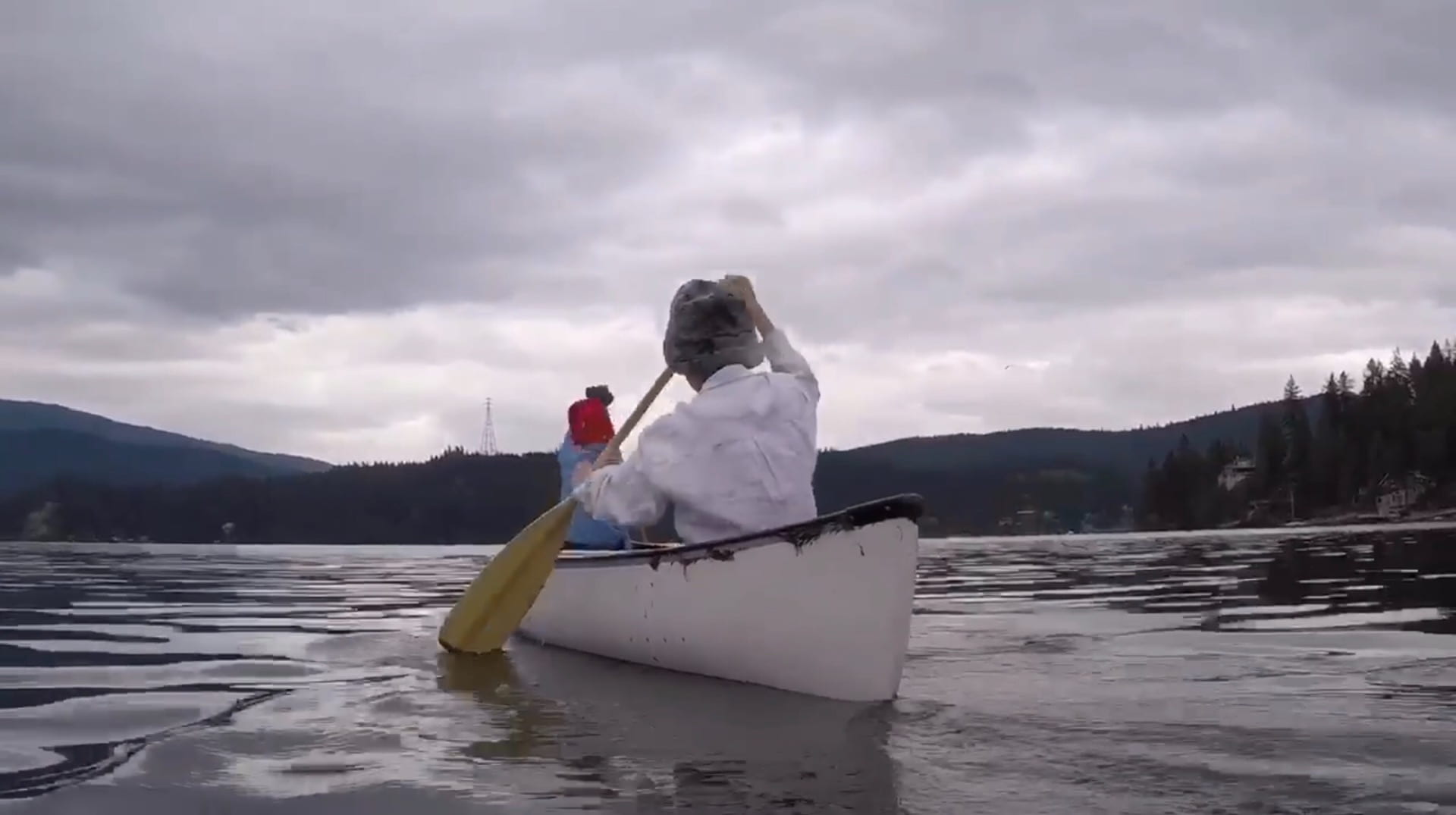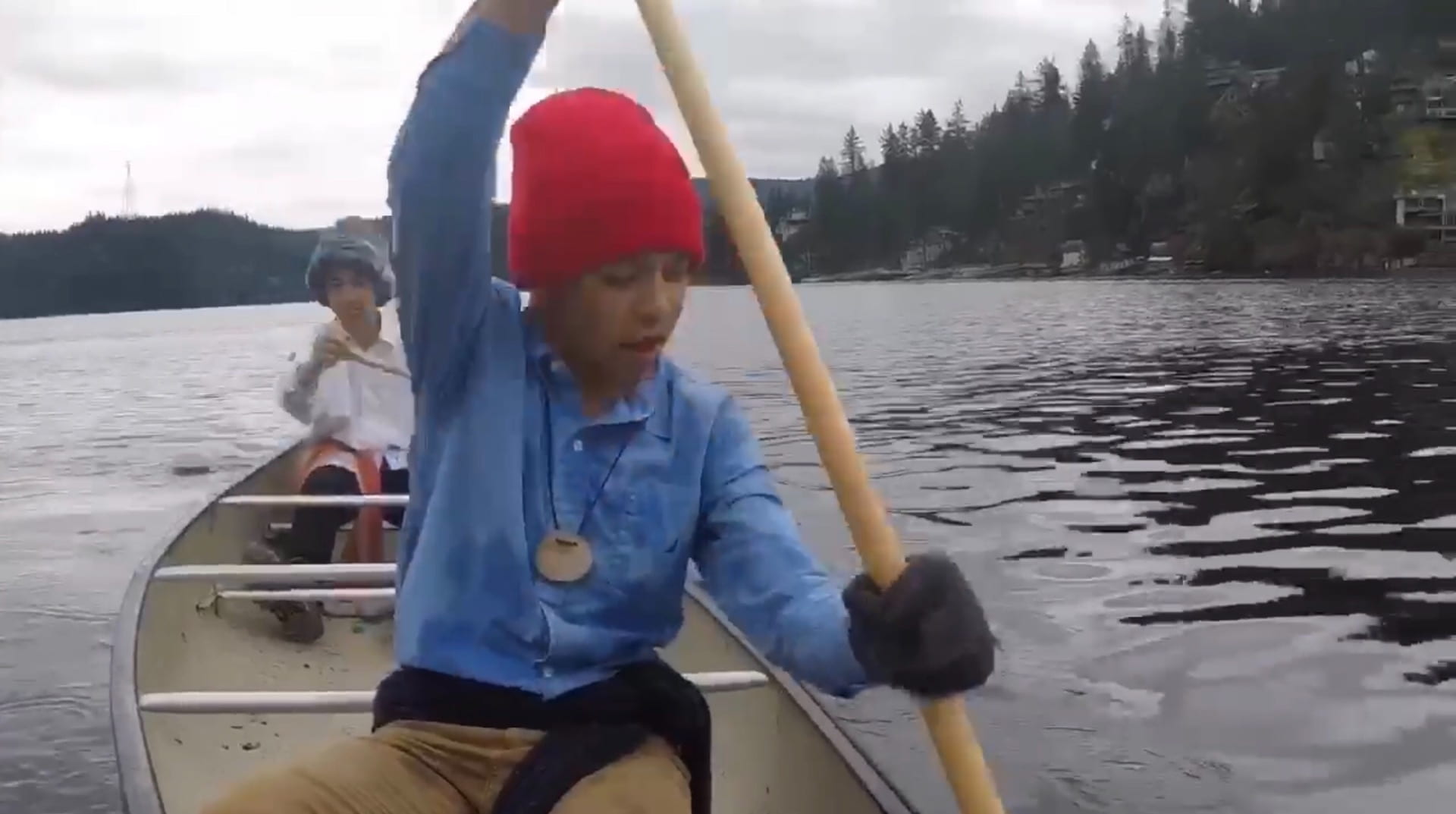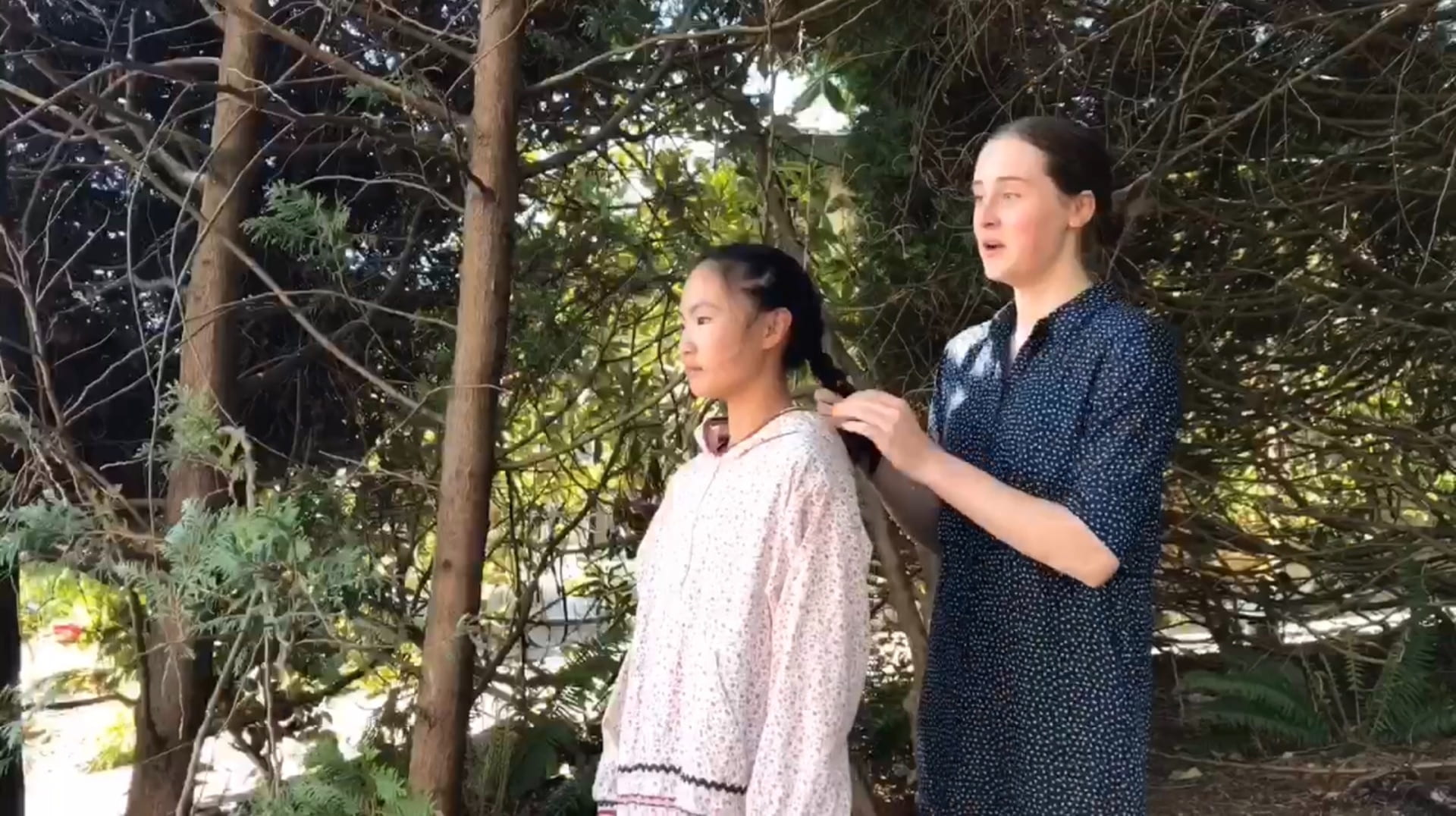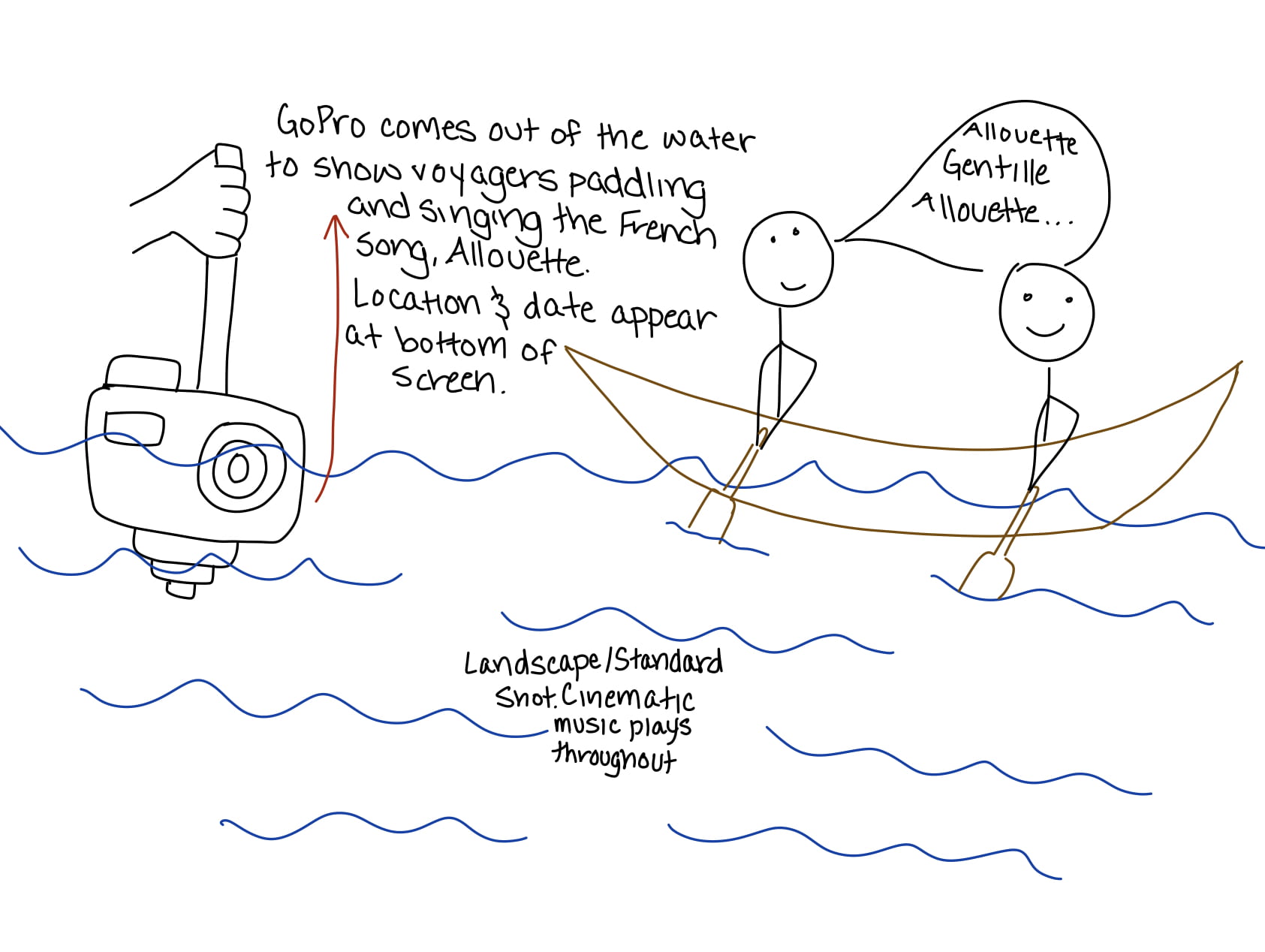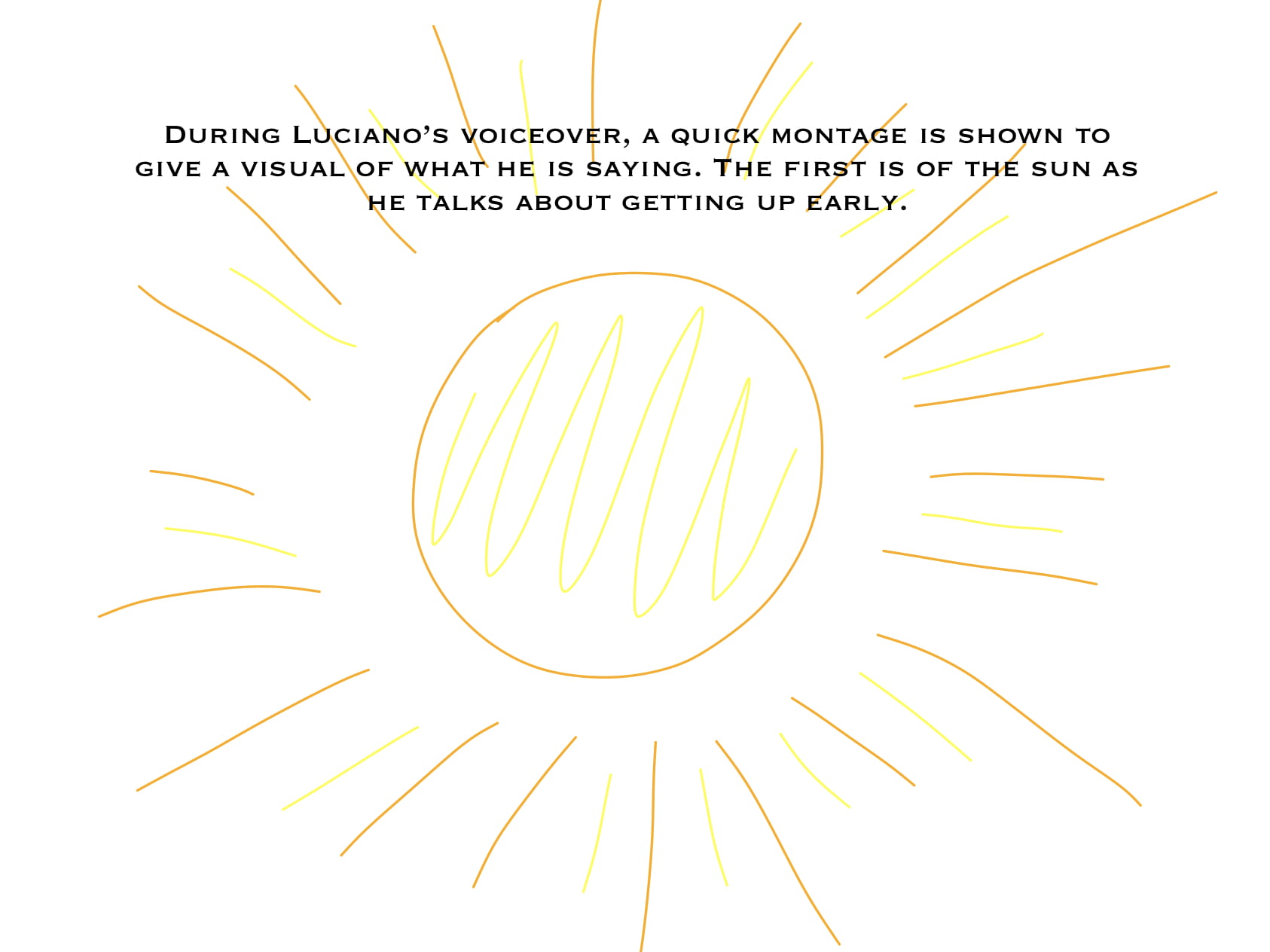Well hello there, lovely people! Welcome back to another exciting insight to the world of a PLP Student. Before anyone freaks out, no, this post is not going to be written in French. I just thought, the French title is quite fitting for this post’s topic: The French Canadian Voyageurs During the fur trade.
Lets cut to the chase. A company by the name of Historica creates these short 1 Minute videos called Heritage Minutes. They take the audience back intime and retells a very important story that impacted who we are as Canadians today. The goal of this project was to create our own unique Heritage Minutes based off of a story from the category of interest we were given. We were put into groups of four to choose and brainstorm stories, events and ideas. I was placed in a group with Emerson, Taylor and Luciano. The four of us were given the topic “Fur Trade”.
I mean, when you think of the Fur Trade, probably more facts than an actual story come to mind. The challenge for us was how could we find a story to tell within all those facts? After quite a bit of brainstorming and playing around with ideas, the four of us decided to narrow down the facts to one of the main events of the Fur Trade: the voyagers who came at the time to trade furs! The other challenge we ran into was that our story had to take place in the 1800s to early 1900s (world war 1). This was difficult because most of the Fur Trade happened in the 16-1700s along with the voyagers. This lead us back to researching for info that happened in the 1800s. Luckily, there were still voyagers by then! The French men from Quebec! Perfect!
The purpose of this was to discover and learn about the different aspects and events leading to the confederation of our country, Canada. Each group’s topic had an important significance to the leading climax of our country uniting. The importance of the voyagers was that the Fur Trade brought in many people from around the world such as the English, French and Spanish. In the 1800s, the French Canadians came along to join the fun too! They paddled for days to reach the trading post where they would exchange goods and begin the long journey home. Sounds like a fairly hard story to re-enact in 60 seconds, don’t you think?
By now, you might be familiar with how we plan stories around here. Always beginning with an idea, then creating some kind of plot diagram. My group wrote out the story and the teacher gave us feedback. Pretty easy and basic. Then comes the storyboard and actual planning on location and costumes. Since every group member had to make at least one appearance on screen, this created a small problem for us. You see, the Fur Trade Voyageurs were all men. They paddled through remote areas and never came across many people, especially women or girls. I guess you could say they were pretty anti social. Therefore, we had to tweak the story a bit to fit Taylor and I into it.
We eventually decided that Emerson and Luciano would be French Canadian Voyageurs going on their journey to the trading post. This worked in our favour as Luciano is a god at French. Taylor and I would be two French Canadian girls who they meet along the way.
The filming process was, well, long and for me, it was freezing cold. We had borrowed a neighbour’s canoe and were out in the Cove filming scenes of the boys paddling. Emerson’s dad let us use his Go Pro to film and the water was super cold. Regardless of the rain and cold water, the filming part is always my favourite. I always think of it as a good experience on working as a team and being able to direct and follow directions from others.
Now, let’s take a second to connect this process to a rather important cycle and idea we learned last year. It’s called the L.A.U.N.C.H. Cycle. Feel free to click the link to review it, however, a brief overview is that the LAUNCH Cycle is a process of creative thinking and allows people and learners such as myself to accomplish projects and goals. It starts with Look, Listen & Learn (the L in LAUNCH). In this stage, my group and I researched about our story and topic. Then we Asked Questions to find out more and Understand the story before Navigating Ideas and narrowing down our brainstorm. From there we Created the product (the Heritage Minute) and made multiple drafts. Each Draft, we Highlighted and Fixed flaws to make the film better. And finally, once finished, sent our work to Historica so that they could see how their work inspired us.
https://m.youtube.com/watch?v=xuPCvpELGAc
Below is our final video which we sent to the Historica company in the form of email.
Shortly after, we heard back from Ryan Barnett and Joanne Archibald who gave us some awesome feedback!
 Thank you so much to both of you for viewing our final videos and giving us feedback! For the rest of you, I hope you enjoy watching it and reading my blog, Flow Through School: My Journey Through The Process.
Thank you so much to both of you for viewing our final videos and giving us feedback! For the rest of you, I hope you enjoy watching it and reading my blog, Flow Through School: My Journey Through The Process.
